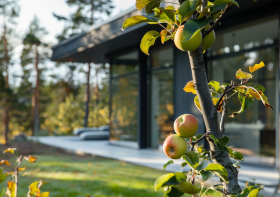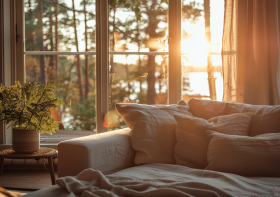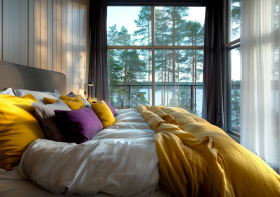Creative and Fun Design Ideas for Children’s Spaces
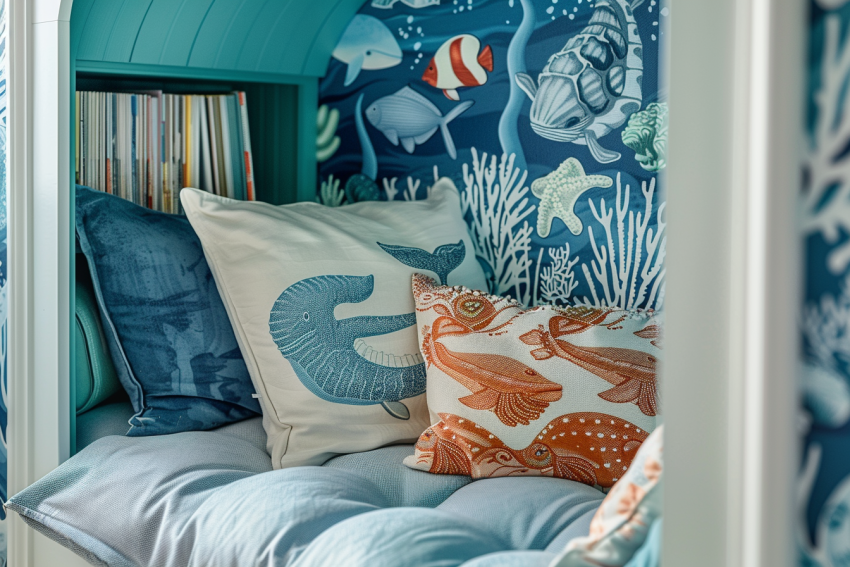
Designing a room for a child is an opportunity to foster creativity, playfulness, and comfort. Kids’ rooms are unique spaces where imagination can run wild, and functional design encourages growth and learning. Whether you’re starting from scratch or looking to refresh an existing space, incorporating creative and fun design ideas can create an environment that children will love and cherish.
Theme-Based Rooms
One of the most exciting aspects of designing kids’ rooms is the possibility of creating a theme-based space. Whether your child dreams of jungles, space exploration, fairy tales, or the deep sea, integrating a theme can make the room truly special and personal. Use wall murals, bedding, and accessories to bring the theme to life, and don’t be afraid to get creative with paint, textures, and DIY projects.
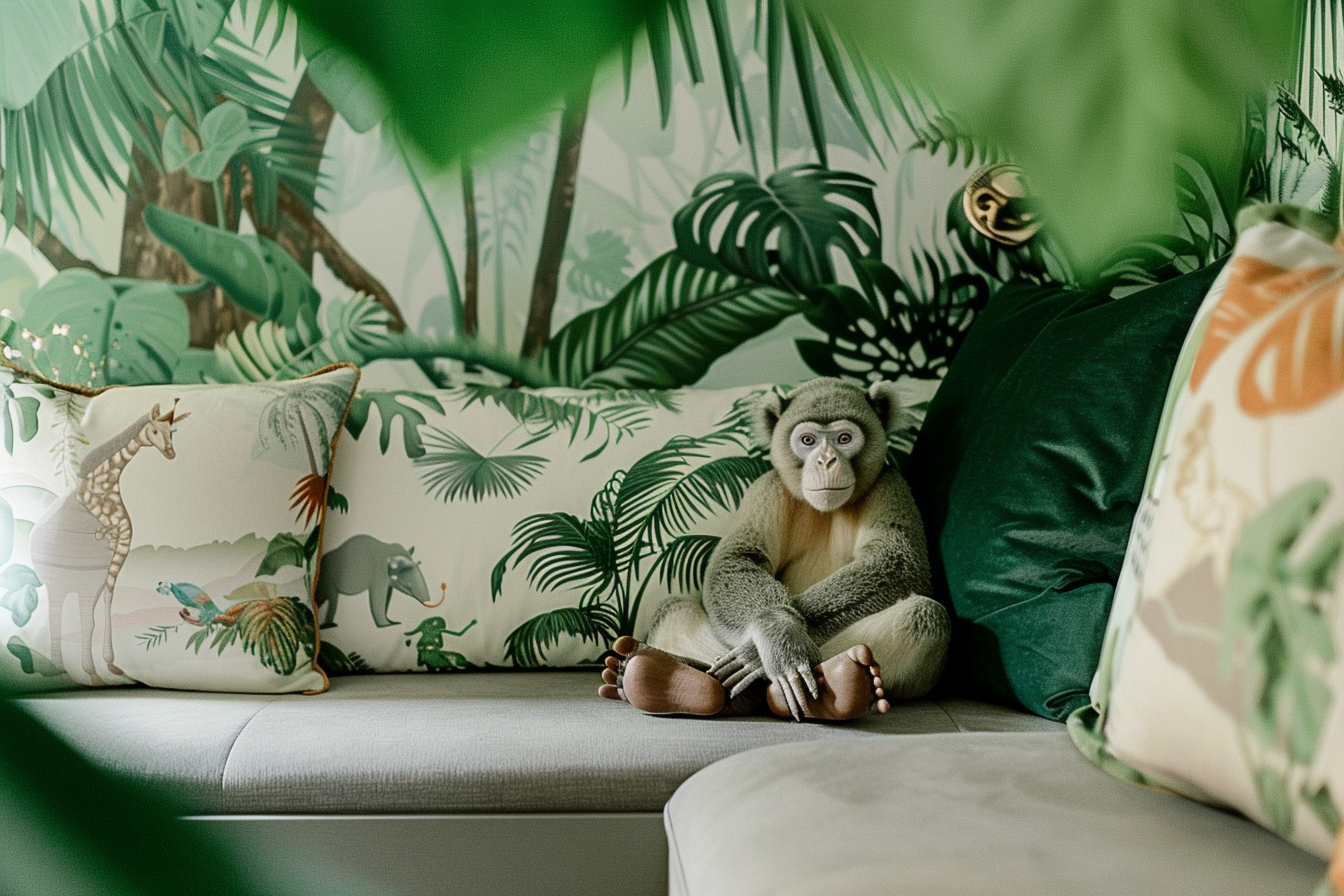
Functional Play Areas
Incorporating play areas within a child’s room encourages active play and creativity. Consider designating zones for different activities, such as a cozy reading nook with bookshelves and comfortable seating, a craft area with accessible storage for art supplies, or a playhouse or tent that serves as an imaginative retreat. These areas can evolve as your child grows, adapting to their changing interests and needs.
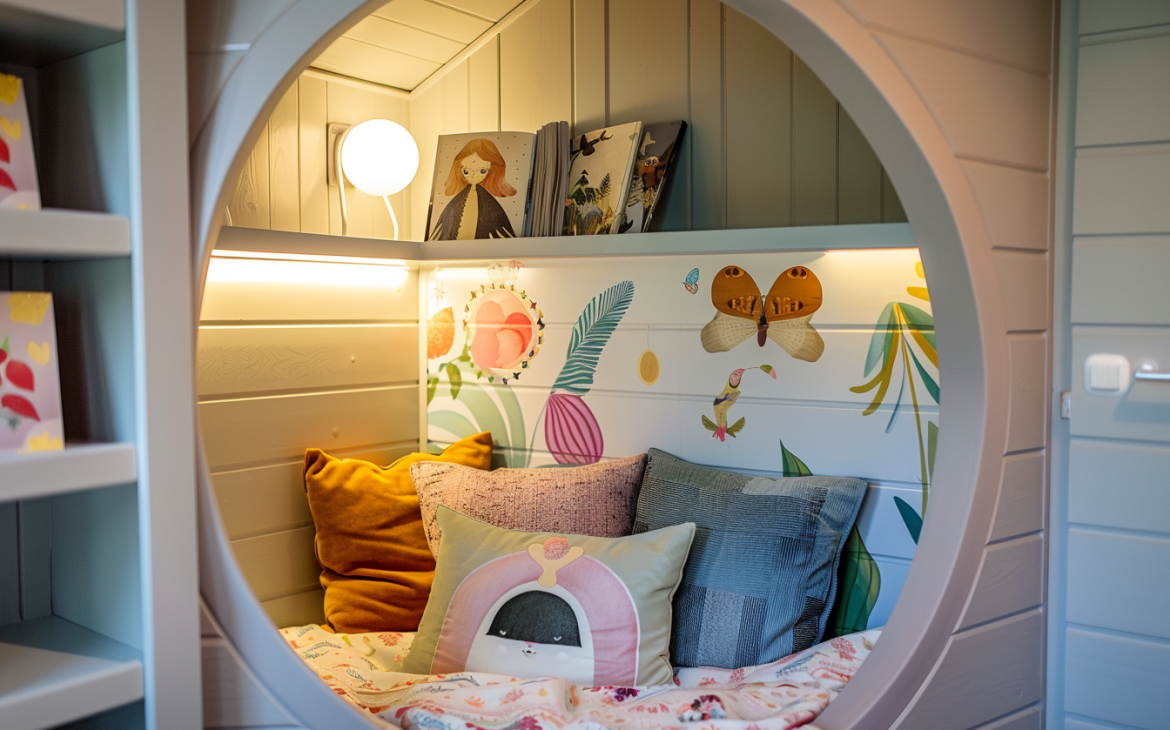
Storage Solutions
Children come with a lot of stuff, from toys and books to clothes and school supplies. Effective storage solutions are key to keeping kids’ rooms organized and functional. Use bins, baskets, and shelving units to store toys and craft materials, and opt for furniture with built-in storage, like beds with drawers or benches with hidden compartments. Remember to keep storage accessible to encourage kids to tidy up after themselves.
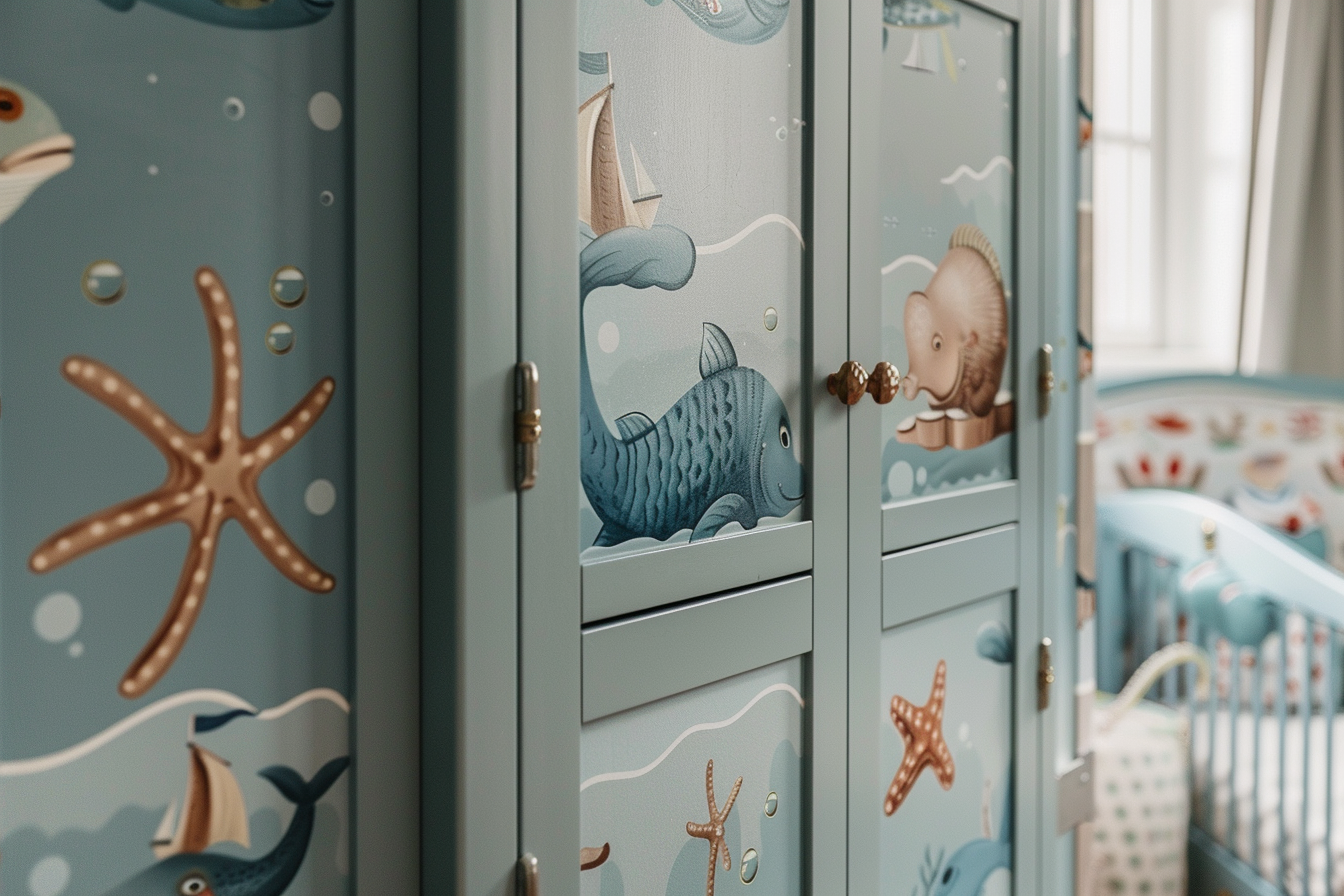
Educational Elements
Integrating educational elements into the design of a child’s room can create a stimulating environment that encourages learning. World maps, educational posters, globes, and books can all be part of the decor, offering opportunities for exploration and discovery. Consider interactive elements like magnetic wall boards or chalkboard paint for creative expression and learning.
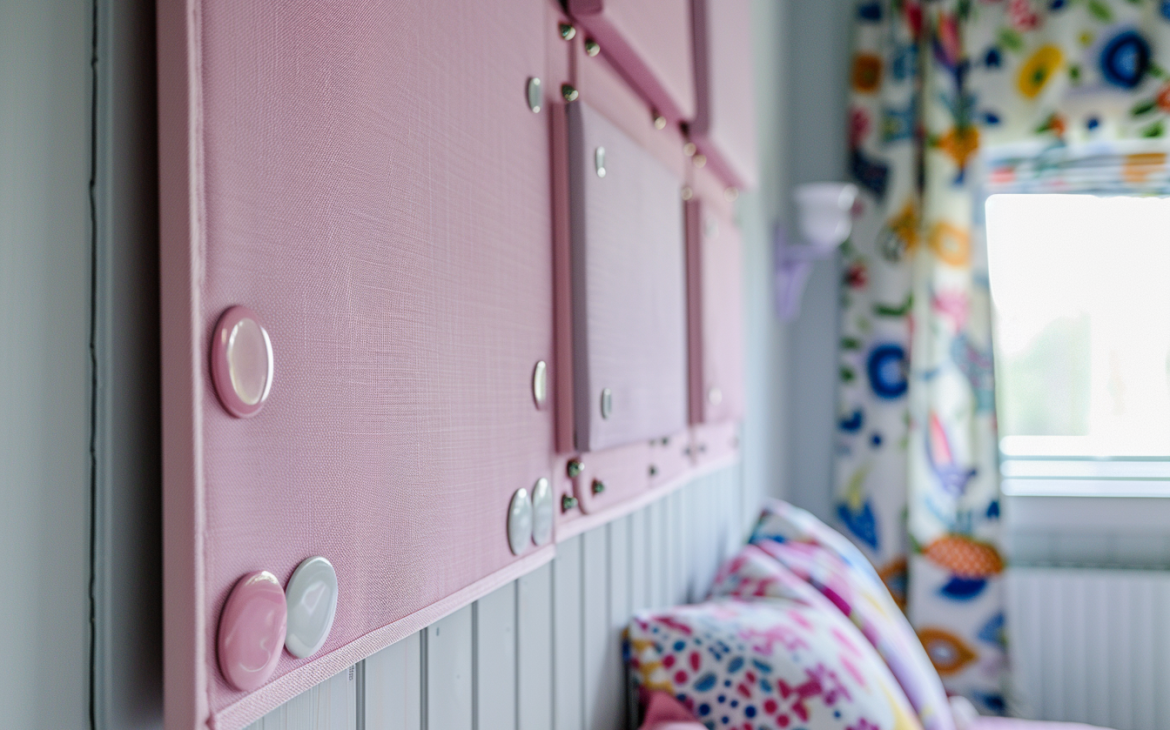
Personalized Touches
Personalizing your child’s room makes it feel special and tailored to them. Incorporate their artwork, photos, and favorite colors into the decor. Custom name signs, monogrammed pillows, and display shelves for their treasures add a personal touch that celebrates their individuality.
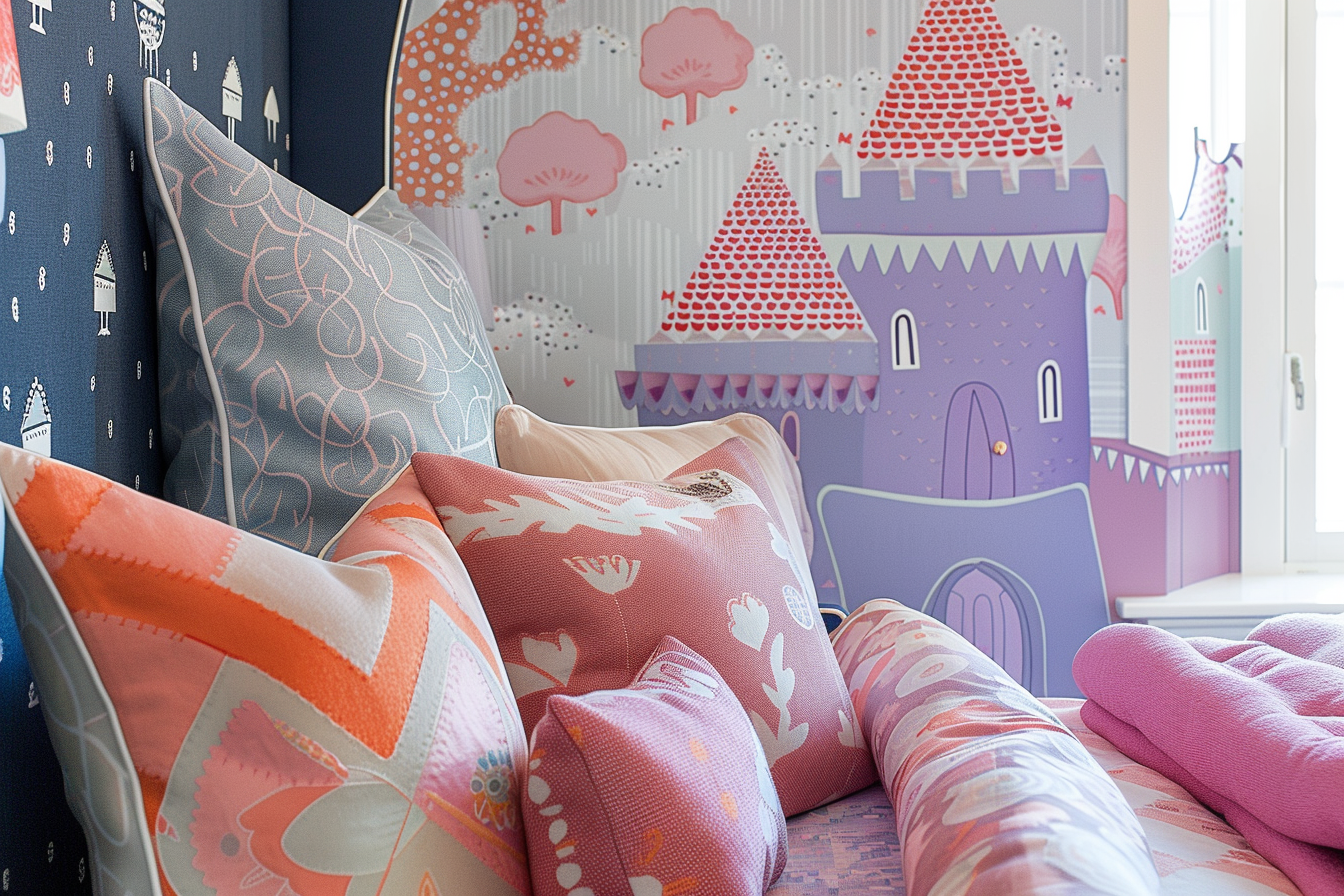
Safety and Comfort
While creativity and fun are at the forefront of designing kids’ rooms, safety and comfort should never be overlooked. Choose furniture with rounded corners, secure heavy items to prevent tipping, and opt for non-toxic paints and materials. Ensure that the room has adequate lighting for play and study, and select window treatments that provide privacy and light control.
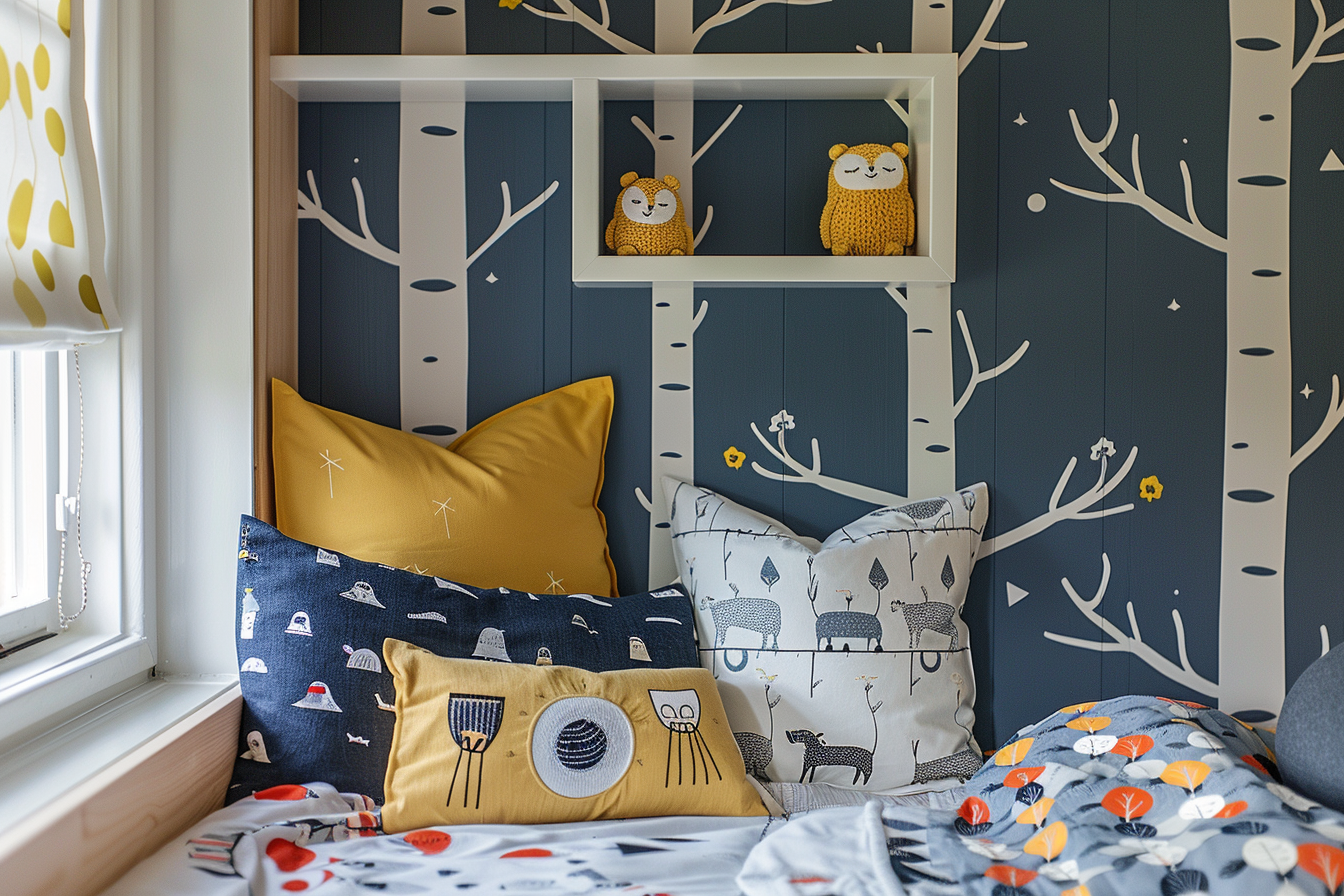
Flexible and Grow-With-Me Design
Children grow and change quickly, so designing a room that can grow with them is a smart approach. Choose furniture that’s adaptable, like convertible cribs that become toddler beds or desks that adjust in height. Neutral walls and flooring can serve as a canvas for changing themes and interests, with accessories and decor items easily updated as your child matures.
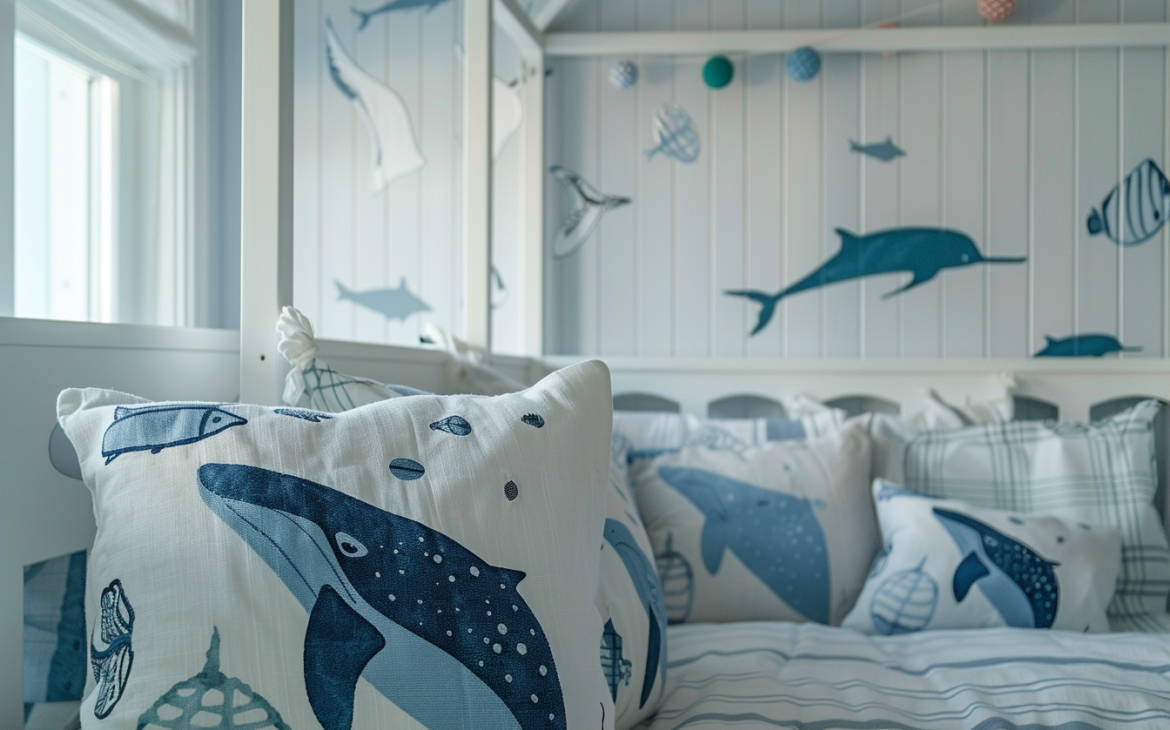
Designing a room for a child is a delightful challenge that blends practicality with whimsy. By creating a space that reflects their personality, interests, and needs, you can provide a comfortable, stimulating environment that supports their growth and imagination. With thoughtful planning and creative touches, kids’ rooms can be fun-filled sanctuaries that inspire dreams and play, making childhood all the more magical.
To deepen your understanding of crafting unique and personalized spaces, consider acquiring my book, Basics of interior design, available on Amazon. This guide offers a comprehensive exploration of various design principles tailored to distinct environments, providing you with the knowledge and inspiration needed to transform any space.

